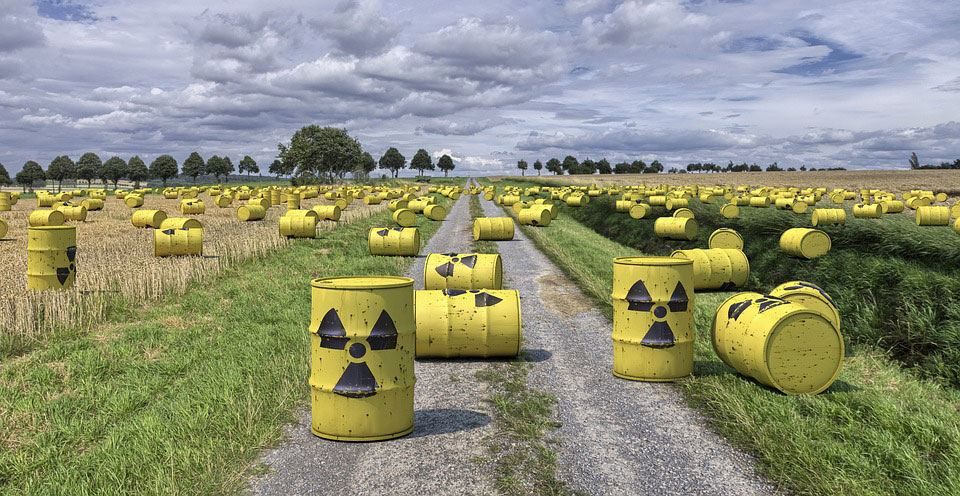Where is Canada’s Largest Nuclear Waste City and Why is it 2 Hours Outside Toronto – see here

If you’ve recently watched HBO’s Chernobyl miniseries, you’ve seen the damage radiation and nuclear power can have on a community.
In Canada, a lot of community members aren’t even aware that we have nuclear waste plants and nuclear facilities located in key regions. In fact, Canada’s largest nuclear waste dump in history is only 2 hours outside of Toronto in a small municipality known as Bruce County.
Nuclear energy facilities produce nuclear waste. Coming from nuclear reactor sites in Darlington and Pickering in Ontario, Gentilly in Quebec, Point Lepreau in New Brunswick, and even Bruce County’s own Bruce Nuclear Generating Station. Bruce County is being considered by the Nuclear Waste Management Organization as the burial place for decades of power generation waste products, from the past and continued in the future.
All in all, the organization needs to bury 5 million bundles of nuclear fuel. There is so much radioactive waste that needs to be transported to Bruce County that it is likely to take more than 40 years to safely complete these journeys.
This past May 2019, the aforementioned NWMO begun seeking option agreements from landowners to allow for site testing and drilling. The organization wants to purchase roughly 1,500 acres from one or more landowners to begin building these underground containment centers alongside the surface buildings that will be required. Although Bruce County has more than 6 decades of nuclear history behind it, this is a big ask.
Canada has and will continue to produce significant amounts of nuclear waste, controversial to some. Although the waste we have needs to be dealt with, we are living in an age where more and more, sustainable waste management, recycling, and energy creation from renewable sources is reality. Assuming Bruce County is selected by the NWMO to be Canada’s biggest nuclear waste city – and it’s nearly a sure thing it will be – how does that bode for the future?
Should Canada stop producing nuclear waste – some would say, without hesitation, absolutely. The NWMO has been trying to decide since 2010 where to put this waste, whittling down the list from 22 communities to 5. Drilling is expected to commence in Bruce County next year to determine and confirm it is the right site for this waste. Then, a final decision will be made in 2023.
Canada’s nuclear waste fuel bundles as of June, 2018 sits at 2.9 million total although the life cycle’s forecast includes 5.2 million. Each weighs approximately 24 kg. These are essentially collections of bundles, each shaped like a fireplace log and each filled with pellets of used nuclear fuel. For the fuel to return to its natural state, it will take the radioactive uranium more than a million years.
Although Bruce County is as good an option as anywhere else in Canada, why isn’t more effort being made to move away from processes which generate literal tons of highly problematic nuclear waste? As Ontario seeks to be labeled as ‘eco-friendly’ and become greener, these efforts should also involve evaluating alternatives to producing nuclear waste. From our perspective, most waste can be managed. Nuclear waste cannot. That’s why our only containment and processing option is to bury it. The further into the twenty-first century we go, the more we are going to have to realize alternatives are needed.


